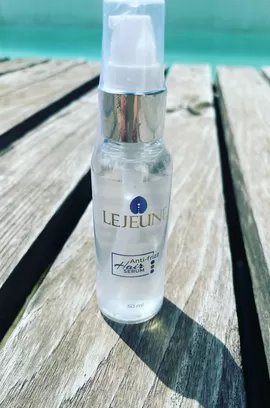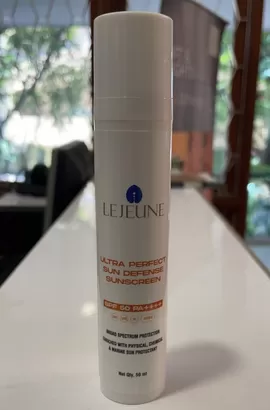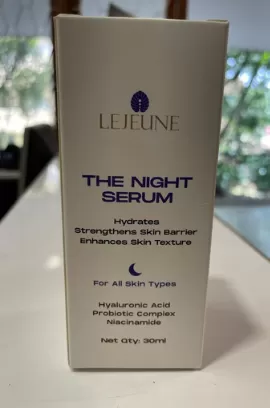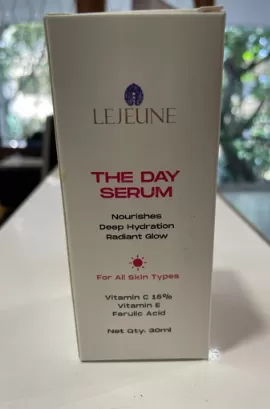Do You Have Rosacea? How To Diagnose This Chronic Skin Condition?
If you suffer from a red complexion, flushing or blushing, a red nose and cheeks, and dry, flaky skin with pimples, you probably suffer from the chronic skin condition rosacea. Formerly known as acne rosacea, rosacea is more common in women than men, although men often have more severe symptoms. Most people who have rosacea are fair-skinned, fair-haired, and blue-eyed, although it is also seen more rarely in dark-skinned people.
The main symptoms of the skin condition are: – a burning or tingling sensation – a persistent redness after blushing or flushing – pimples, papules, or pustules on the face – tiny visible blood vessels under the skin – thickening of the skin, especially around the nose area – gritty, uncomfortable eyes (ocular rosacea) The true cause of rosacea is not really known but certain factors are known to aggravate the condition.
Sufferers should avoid exposure to extreme temperatures and weather, such as the sun, the cold, and the wind. Sun avoidance is particularly important, and sunscreens, hats, and parasols are useful ways to avoid sun-related flare-ups. Alcohol and hot drinks and food are also known to exacerbate rosacea, as is exercising in hot temperatures and hot showers, baths, steam rooms, and saunas. Loofahs, rough towels, exfoliators, astringents, and cosmetics with perfumes, and many additives should also be avoided. Gentle perfume-free cover-up cosmetics can help disguise a flare-up and reduce the psychological and social effects of rosacea.
Rosacea is a condition that is controlled rather than cured and many people find that keeping a diary helps them to pinpoint their own triggers. Keeping cool, drinking water to stay hydrated, and using natural gentle skincare products go a long way to controlling this chronic condition. You should, of course, consult your dermatologist for advice about prescription creams and other procedures that may be available to relieve the symptoms of rosacea. Generally, rosacea treatment is aimed at the control of redness, inflammation, and skin eruptions, and this treatment is necessary to prevent permanent damage to the skin. If he decides that you do have rosacea, a dermatologist will often prescribe a combination of oral antibiotics and the use of antibiotic gel as initial treatment. The oral antibiotics will reduce the redness and reduce the pustules, then the topical gel may help to keep the symptoms under control.
The dermatologist will also be able to help a patient look at lifestyle factors to help control the rosacea in the future. Steroids are also often prescribed for rosacea because they appear to relieve the symptoms quickly, but sufferers should be aware that topical steroids are thought to make the symptoms worse long-term. The steroids dilate the blood vessels in the face and thin the skin and dermis by breaking down elastin and collagen in the skin’s structure. Topical steroids have actually been thought to cause rosacea in the first place in some instances.





